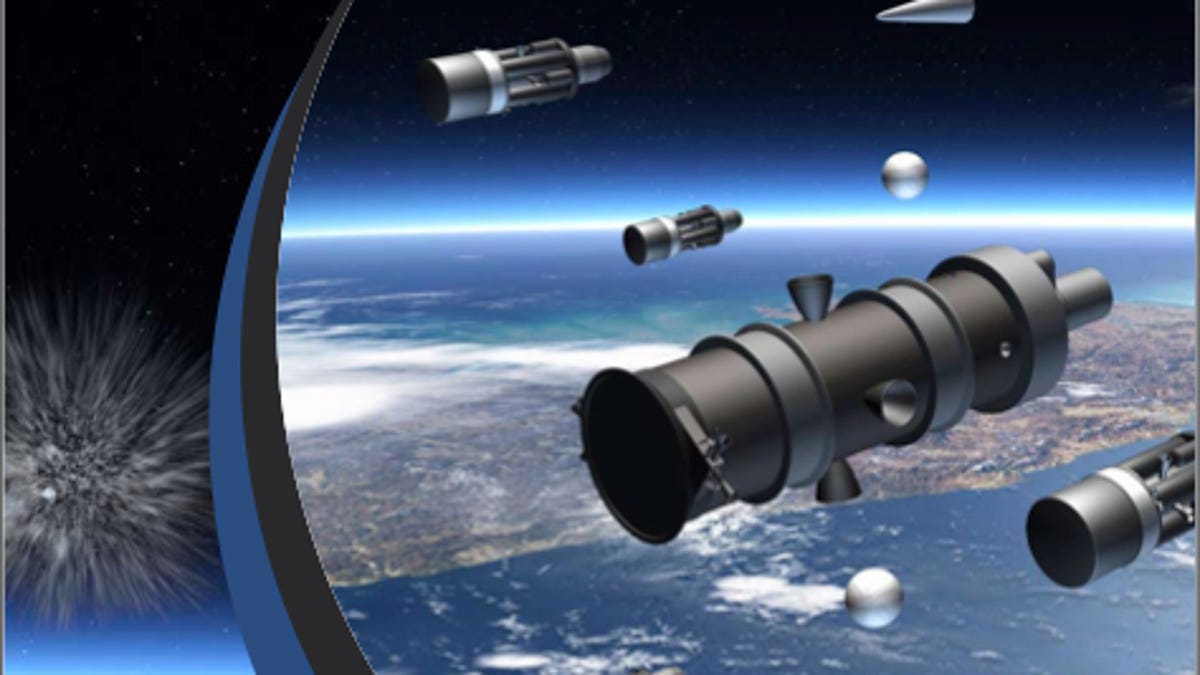Interceptor missile to take on ICBMs
Defense contractor Lockheed Martin is getting ready to test an interceptor missile plainly dubbed the Multiple Kill Vehicle.

Lockheed Martin said this week it has reached an important milestone in the development of one piece of the U.S. Ballistic Missile Defense System (PDF) puzzle: an interceptor missile capable of taking out multiple enemy ICBM warheads.
The U.S. Missile Defense Agency's Multiple Kill Vehicle-L would be launched as a single interceptor equipped with a multiple-kill payload that doesn't bother with the single warhead--it goes after an entire "threat cluster" instead.
It's designed to destroy not only the enemy's re-entry vehicle (intercontinental ballistic missile) but also all the warheads it may contain, including the fake ones meant to deceive U.S. defenses.
The Sunnyvale, Calif.-based defense contractor said it has calibrated the pathfinder seeker, a component that, along with in-flight targeting data, will ultimately enable the weapon to attack and destroy large numbers of objects in the threat cluster. It plans to build two operational prototype seekers, each with a state-of-the-art infrared plane array. One will be mounted on an aircraft to test missile-seeking ability in a flight environment next year; the other will be used in the laboratory to demonstrate the engagement of multiple targets.
"Completion of this milestone validates the design and core technology required for tracking and discriminating targets," Lockheed Martin program director Rick Reginato said in a press release. "This effort involved the development of telescopes, structures, electronics and software to meet the challenging requirements of mid-course threat sensing." The program could come on line by 2017.